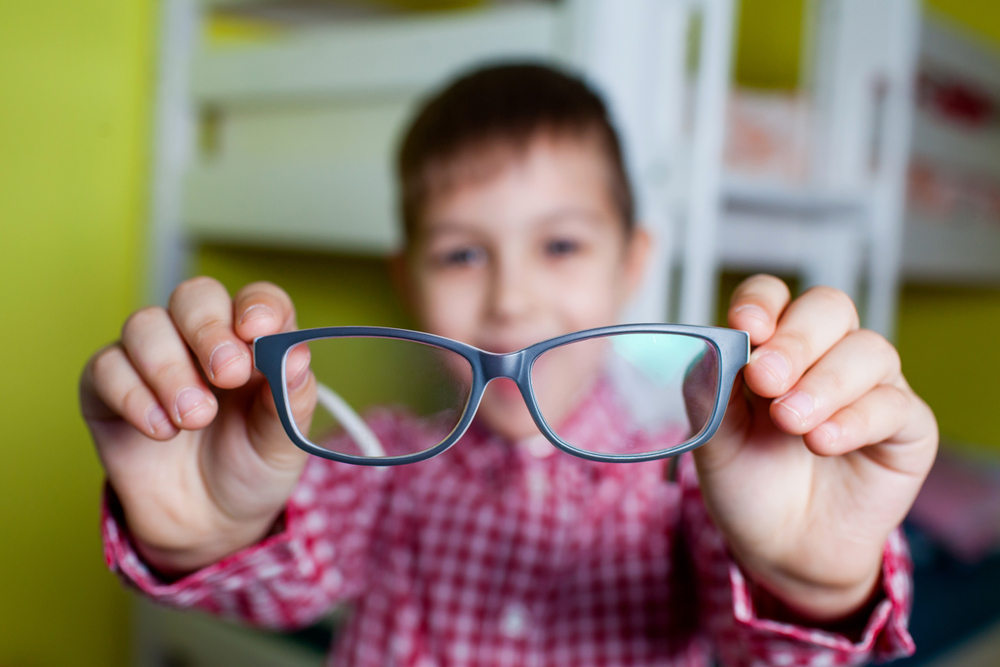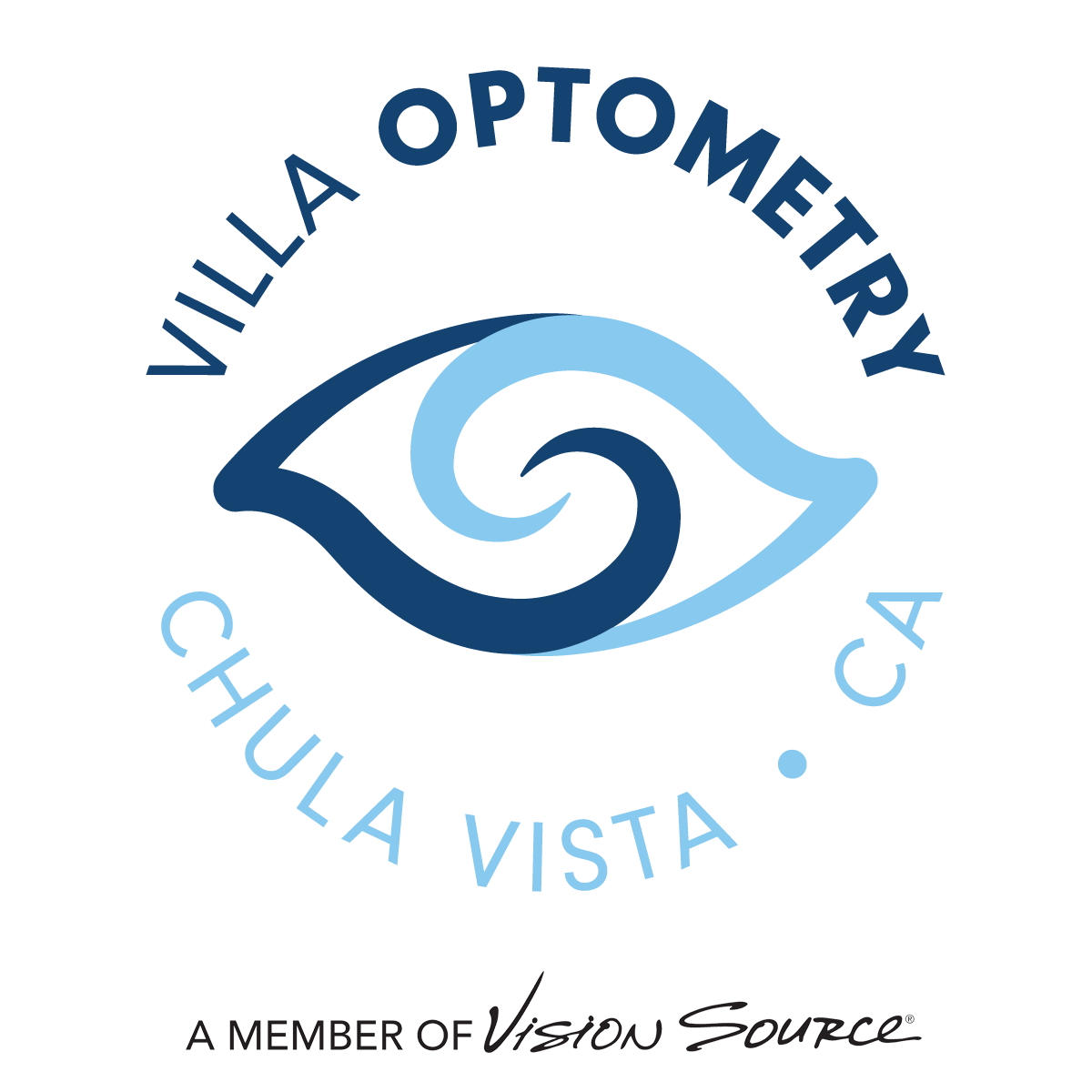
Myopia, also known as nearsightedness, is a common refractive error that affects the way your eyes focus light. When you have myopia, distant objects appear blurred, while close-up objects remain clear. This condition typically develops in childhood and can progress over time, making it crucial to understand and manage it effectively. By understanding myopia and the available management techniques, you can help your child navigate this condition and ensure a bright future.
The Impact of Myopia on Learning and Development
Myopia can have a significant impact on a child's learning and overall development. When a child's vision is not properly corrected, they may struggle to see the board, read textbooks, or participate in outdoor activities. This can lead to difficulties in academic performance, social interaction, and physical development.
Children with untreated myopia may also experience headaches, eye strain, and fatigue, further hindering their ability to focus and learn. Addressing myopia early on can help your child thrive in both academic and social settings, setting them up for long-term success.
The Risks of Untreated Myopia in Children
Leaving myopia unmanaged can have serious consequences for your child's health and well-being. Untreated myopia can increase the risk of developing sight-threatening conditions later in life, such as retinal detachment, glaucoma, and myopic macular degeneration.
These conditions can lead to permanent vision loss if not addressed promptly. By proactively managing your child's myopia, you can help reduce the likelihood of these complications and ensure their eyes remain healthy and functional throughout their lifetime.
The Importance of Myopia Management in Children
Effective myopia management is crucial for your child's visual and overall development. By addressing myopia early on, you can:
Slow the progression of the condition, preventing it from worsening over time.
Improve your child's ability to see clearly, enhancing their learning, social, and physical experiences.
Reduce the risk of sight-threatening complications later in life.
Promote long-term eye health and visual well-being.
Investing in your child's myopia management now can have a profound and lasting impact on their quality of life and future opportunities.
Effective Management Techniques for Myopia in Children
One innovative approach to managing myopia in children is Orthokeratology (Ortho-K). Ortho-K involves the use of specialized, custom-fitted contact lenses that gently reshape the cornea (the clear front part of the eye) while your child sleeps. This temporary reshaping helps improve their vision during the day, reducing their dependence on traditional eyeglasses or daytime contact lenses. Ortho-K is a safe and effective option for many children with myopia, and it can be a game-changer in their visual development and quality of life. The key benefits of Ortho-K for children with myopia include:
Slowing the progression of myopia by up to 50%
Providing clear, sharp vision during the day without the need for daytime contacts or glasses
Reducing the risk of developing sight-threatening conditions later in life
Allowing your child to participate in sports and other activities without the hassle of traditional corrective lenses
Another effective myopia management technique for children is the use of low-dose atropine eye drops. Atropine is a medication that can temporarily relax the eye's focusing mechanism, which can help slow the progression of myopia. Low-dose atropine eye drops have been shown to be a safe and effective way to manage myopia in children, and they can be a valuable tool in your child's overall eye health and development. The key benefits of using low-dose atropine eye drops for children with myopia include:
Slowing the progression of myopia by up to 60%
Reducing the risk of developing high levels of myopia, which can increase the likelihood of sight-threatening complications
Providing a non-invasive, easy-to-use treatment option for families
Allowing for continued use of traditional corrective lenses, such as eyeglasses or contact lenses, during the day
In addition to Ortho-K and atropine eye drops, dual focus soft contact lenses are another effective management technique for myopia in children. These specialized lenses are designed to provide clear vision while also slowing the progression of myopia. Dual focus soft contact lenses are a user-friendly and effective option for many families, as they allow children to continue wearing corrective lenses while also addressing the underlying myopia. The key benefits of dual focus soft contact lenses for children with myopia include:
Slowing the progression of myopia by up to 59%
Providing clear, comfortable vision during the day
Allowing for easy, familiar use of contact lenses
Reducing the risk of developing high levels of myopia and associated complications
Schedule Your Child’s Eye Exam with Villa Optometry Today
Myopia is a common condition that can have a significant impact on a child's learning, development, and long-term eye health. By understanding the importance of myopia management and exploring the various effective techniques available, you can take proactive steps to ensure your child's visual well-being and set them up for a bright future.
At Villa Optometry, we are committed to providing comprehensive and personalized myopia management solutions for children. We can develop an effective treatment plan that addresses their specific needs and helps them achieve their visual potential. Visit our office in Chula Vista, California, or call (619) 482-2020 to book an appointment today.







